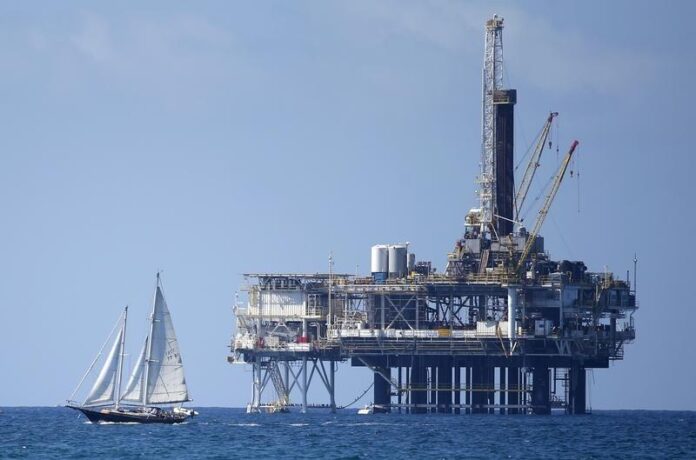NEW YORK: Oil prices dipped on Tuesday, following other risk assets lower, as the dollar stayed strong and investors anticipated more central bank interest-rate hikes designed to quell inflation.
The US Federal Reserve is likely to raise interest rates by another 75 basis points on Wednesday to rein in inflation. Those expectations are weighing on equities, which often move in tandem with oil prices. Other central banks, including the Bank of England, meet this week as well.
Higher rates have bolstered the dollar, which remained near a two-decade high against peers on Tuesday, making oil more expensive for holders of other currencies.
“The oil market is caught between downward concerns and upside hopes. The concerns are driven by the aggressive monetary tightening in the US and Europe, which is increasing the likelihood of a recession and might weigh on oil demand prospects,” said Giovanni Staunovo, commodity analyst at UBS.
Brent crude futures for November settlement fell by $1.19, or 1.3 percent, to $90.81 a barrel at 11:13 a.m. EST (1653 GMT). US West Texas Intermediate crude for October delivery was at $84.45, down $1.28. The October contract will expire on Tuesday and the more active November contract was down $1.63, or 1.9 percent, at $83.73.
Both Brent and WTI are on track for their worst quarterly drops in percentage terms since the beginning of the coronavirus pandemic. Brent hit about $139 a barrel in March for its highest since 2008.
“The dollar is key and the Fed is key; they’re going to kill demand for anything inflationary,” said Robert Yawger, director of energy futures at Mizuho in New York.
US stocks
US crude oil stocks are estimated to have risen last week by about 2 million barrels, a Reuters poll showed. US vehicle travel in July fell 3.3 percent from a year earlier, a second consecutive drop.
A document from the Organization of the Petroleum Exporting Countries and allies led by Russia showed the group fell short of its output target in August by 3.583 million barrels per day — about 3.5 percent of global oil demand.

